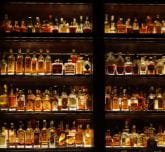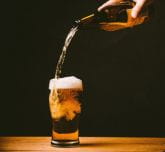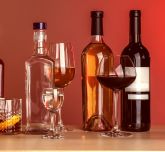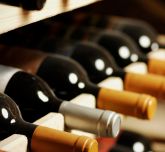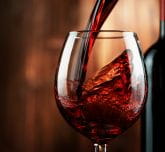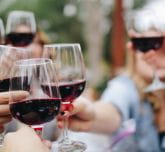The worldwide alcoholic drinks market
Alcoholic drinks are worth nearly $1,400 billion and are the largest drinks category. Leading the way (in total revenue) are spirits, followed by beer, wine and finally cider. The market is expected to grow by 5.9% per year (CAGR 2023-2027, Mordor)
Beer and cider
Beer is the best-selling alcoholic drink in the world, accounting for nearly 40% of market share in value. Worldwide consumption of beer is declining in most countries, and dropped from 196.9 billion litres in 2012 to 177 billion in 2022. On the other hand, the market is shifting upwards thanks to the arrival of craft and premium beers which help to drive the category: generating an additional $100 billion in the space of five years to reach overall turnover of $622 billion.
Less well-developed, the worldwide cider market - 1.5 billion litres in 2022, or 100 times less than beer - is chiefly concentrated in Europe where 70% of all bottles produced are sold. The United Kingdom and Ireland are the world’s two biggest cider drinkers, followed by Spain and France. Market volume is expected to rise by 30% between now and 2028 (Mordor).
Spirits
Ranging from whisky and rum to vodka, brandy and more, the spirits market encompasses a wide spectrum of different alcoholic drinks which enjoy varying degrees of popularity depending on countries and their history. In 2018, the worldwide turnover for spirits amounted to $426 billion and could reach 498 billion (+17%) in 2023.
In 2022, 4,212.5 million litres of spirits were sold, and the figure should reach 4,337.4 million in 2025, or a 3% increase (My Natural Origins).
In this segment, whisky makes up 19% of market share, followed by brandy (15%) vodka (11%), rum (4%) and gin (3%), the rest being made up of other liqueurs and spirits.
Wine and champagne
In the wine sector, worldwide consumption is booming with attractive prospects for the sector’s stakeholders. Indeed, the wine market was worth 34 billion dollars in 2022 (Classe Export).
While France enjoys a worldwide reputation in this field, it is above all the United States that consumes the most wine in millions of hectolitres (34) followed by France (25 million hl) and Italy (23 million hl).
The world champagne market is fairly flat, with the inklings of a downward trend. In France, the leading producer in the world, sales fell by 1.5% between 2018 and 2022 according to Statista. Sales in supermarkets (the main retail channel) declined by 20% between 2018 and 2022.
Alcoholic drinks declining in France
The consumption of alcohol has been steadily dropping in recent years in France. While for many years the country occupied the top spot in Europe for alcoholic drink consumption, it has dropped to 10th place. But, while consumption is falling, there is a trend towards premium products, making this one of the leading growth levers in 2023 (Statista).
France nonetheless remains a big drinker of alcohol, with an average 12 litres (of pure alcohol) consumed per French person and per year in 2021. French people are drinking less, but aiming to drink better.
As in many other food sectors, organic should play a starring role on the alcoholic drinks market, and more specifically that of wine. Despite the effects of inflation, organic wine sales reached 1.2 billion euros in France in 2022, and wine was the only organic product to record an increase (+2% in 2022).
In 2022, France kept its status as the second largest consumer of organic wine in the world, behind Germany and ahead of the United Kingdom and the United States.
On the other hand, French people are consuming fewer spirits: on average, 2.4 litres per person per year. According to Nielsen, the most popular spirits are whisky and aniseed drinks (accounting for 39% and 20% of sales respectively). Rum only makes up 13% of French spirit consumption in 2020, followed by white spirits (punch, vodka, gin and tequila).
Alcoholic drinks at SIAL
Your dedicated sales representative
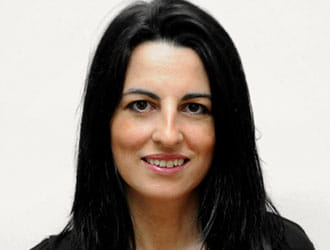


Other sectors presented at SIAL
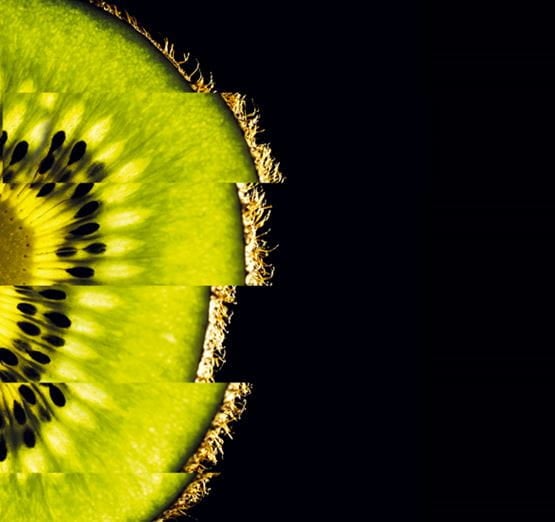
INSPIRING FOOD BUSINESS WORLDWIDE
- Food & Drinks Malaysia - Kuala Lumpur
- SIAL Canada - Montreal
- SIAL Canada - Toronto
- SIAL Paris - Paris
- SIAL in China - Shanghai
- SIAL in China - Shenzhen
- SIAL in India - New Delhi
- SIAL Interfood - Jakarta
- TuttoPizza - Shanghai
- TuttoPizza - Napoli
- Gourmet Selection - Paris
- Cheese & Dairy products show - Paris
- Djazagro - Algiers


